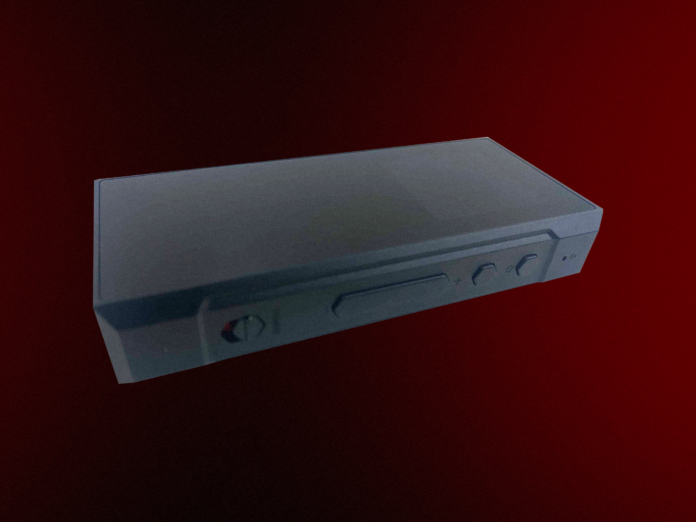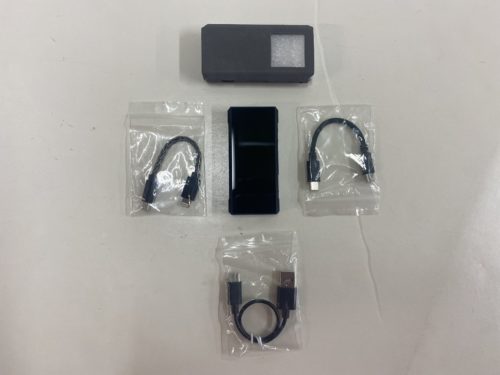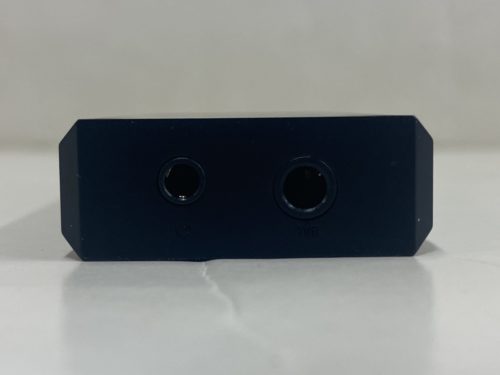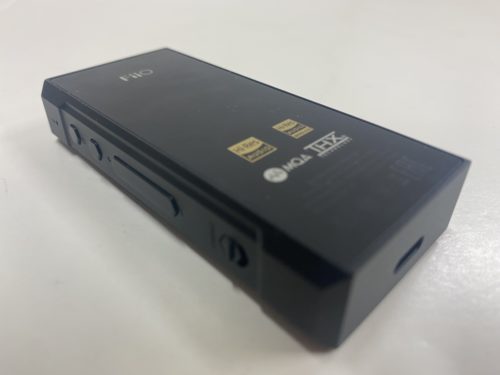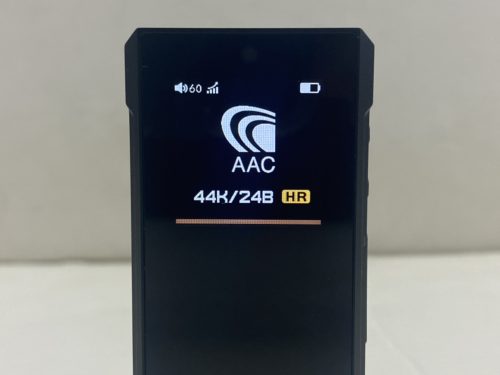The Fiio BTR 5 was a device I had a specific attachment to. It was my personal portable DAC/Amp that I would use on daily commutes and long trips, pairing them with all my IEMs. Nothing has replaced it until now with the release of its next development, the BTR 7. This new Bluetooth DAC aims to be the upgrade to the BTR 5 that many have been looking for for quite some time, with the inclusion of new chipsets and amp circuitry that puts the BTR 7 more on the level with Fiio’s recent DAPs. Having spent some time with the BTR 7, is this is an upgrade that you’ve been waiting for?
What You Get
- BTR 7 wireless DAC
- Leather case
- USB Type C charging cable
- USB Type C data cable
- USB Type C to lightning data cable (Apple Deluxe Edition)
- Warranty Card
- User Guide
Build
For the BTR 7, Fiio has taken inspiration from their latest DAPs both in terms of its interior and exterior design. The BTR 7 is a total redesign of the BTR 5, and you’ll certainly notice is a larger build. I liked that the BTR 5 was small enough to fit in my mini-pocket, and the BTR 7 still can too. It might have more density to it, but I think the more rigid aluminum build does more to improve durability. The display also receives an upgrade with a new 1.3-inch screen that indicates more information than the BTR 5, like whether or not you’re using MQA. Some might wonder why the whole surface of the device isn’t a screen, but I don’t think it is all that necessary when you’re just using it to show information. My favorite new inclusion is definitely the 4.4mm balanced headphone jack, as the BTR 5 only had 2.5mm.
Design
There is a ton of new circuitry that helps bolster the BTR 7’s performance. In addition to its high-performance ES9219C*2 DAC chip, the BTR 7 gives you two THX-AAA 28 amps to really enhance its power. That is four whole channels of THX goodness packed into one small device. For its Bluetooth chip, the BTR 7 gives you a Qualcomm QCC5124 set with a dual-core DSP CPU. This keeps the stability of the connection intact, especially when using more demanding high-res CODECs like LDAC and aptX HD.
I feel like USB mode is also a lot more friendly to use on the BTR 7 with its streamlined dongle mode. The BTR 7 can decode lossless data through PCM at 384kHz and native DSD256. One of the last improvements made to the BTR 7 is the battery life, which has been significantly increased, as I was able to clock in around 9 hours of total charge.
Sound Impressions
I’ve spent countless hours with the BTR 5 as my go-to portable device for my personal IEMs. After my time listening to the BTR 7 I feel confident saying that its sound goes above and beyond the capabilities of its previous iteration. Even from the first tracks, I ran through the BTR 7, I knew this was going to be an incredible upgrade, as its drive and transparency far outdo anything the BTR 5 could do. Especially with the BTR 7’s expanded EQ using the app, there’s no limit to what its sound profile is capable of. Of course, you need the right IEMs or headphones to make it all work, and thankfully a good number of IEMs I tested sound great with the BTR 7.
I started with TinHiFi’s P1 MAX, which instantly arrived at my ears with great fullness and clarity. The THX-AAA amplifiers provide you with exactly that earphone’s sound signature without needing to add any extra texture to the frequency response. This makes the sound appear less digital and more lively. That’s what the BTR 7 is like in its standard mode, but if you are looking for that extra flavor, there’s no reason why the EQ can’t provide it.
Your preferred headphone or IEM will react differently, but the newly improved EQ can add a lot to help personalize the sound signature. It works more as an enhancement when the natural output of the device is completely neutral, leaving you an even surface to make all of your adjustments.
At first, the new EQ can be a little more intimidating, letting you make more specific changes like numerical values for Q bandwidth. The app also shows you an actual parametric view of the EQ this time around, which is more of my preferred method of EQing. I also love the fact that you can add back gain that is taken away from using the EQ, which is a factor that the BTR 5 had an issue with.
Summary
In almost every conceivable way, the BTR 7 is the perfect upgrade to the BTR 5. Not only is it a much more impactful sound signature, but it is also better built and lasts longer. You may miss the smaller and smoother feel of the BTR 5, but it doesn’t take long to get used to the new form here. If you already own the BTR 5, the BTR 7 is more than worth the thought of upgrading to, as it exceeded every expectation I had for it.
| Pros | Cons |
|
|
The Fiio BTR 7 is available at Audio46.
Compare the ranking of various headphones, earbuds and in-ear monitors using our tools.
Discuss this, and much more, over on our forum.
---MAJORHIFI may receive commissions from retail offers.


